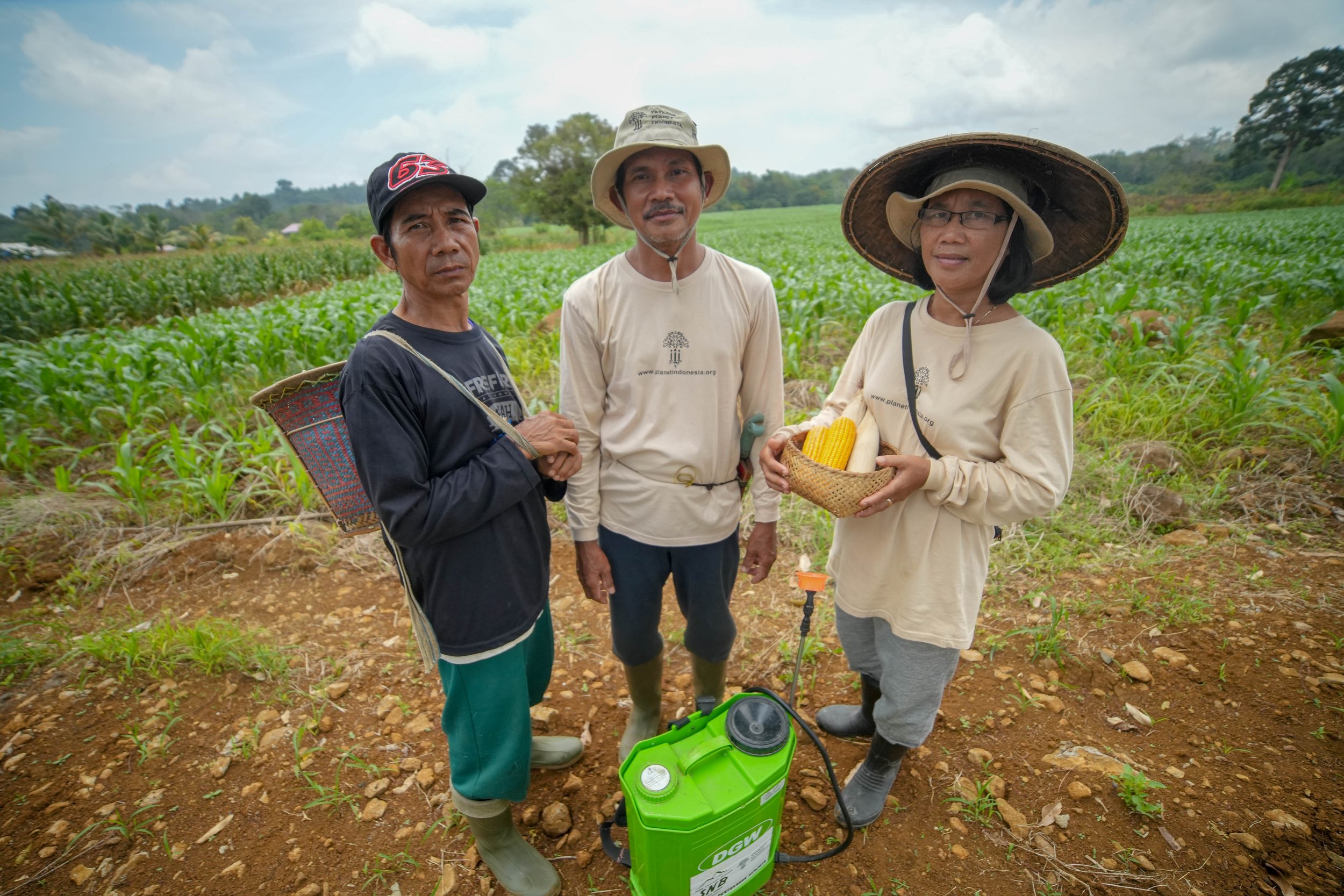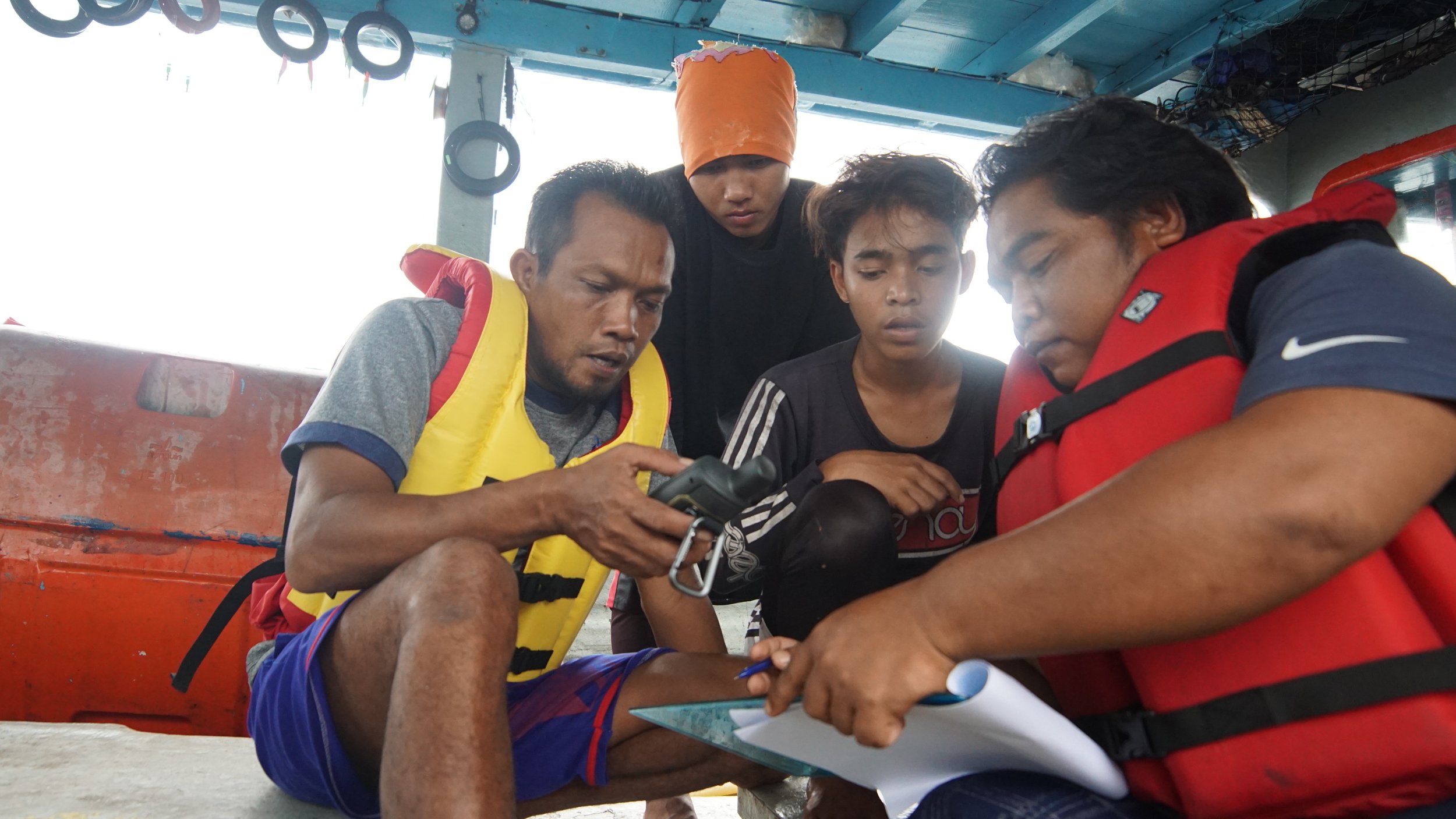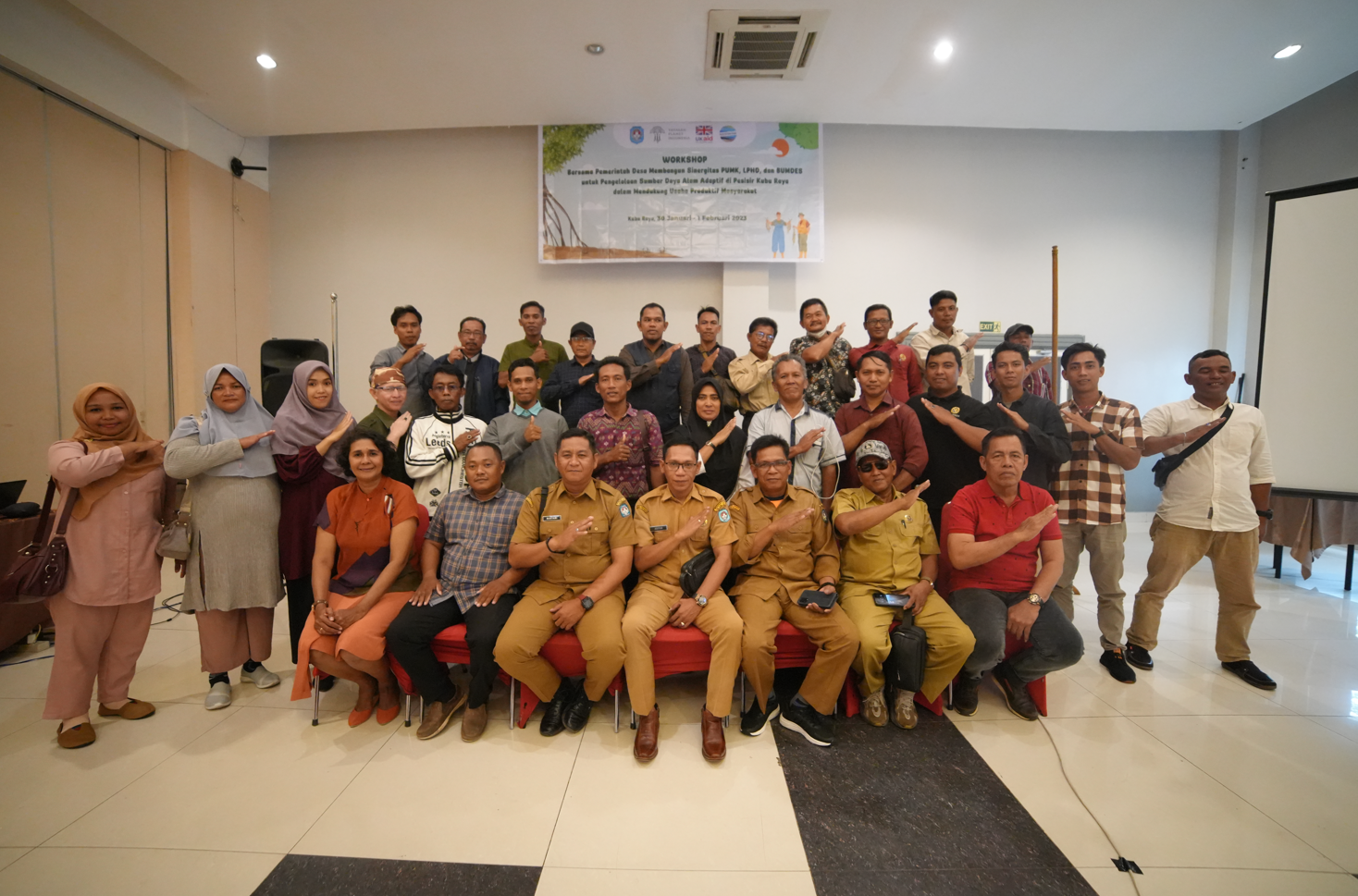Presenting the “Governance Index”: A new tool for tracking and analyzing Community-led Governance
By Adam Miller and Paul Thung
A few months ago, we discussed the concept of ‘community-led’ - what it means and why it’s crucial for making both people and landscapes thrive. But that’s just half the story. If local communities are to come together and shape their social, economic, and ecological futures, they need strong governance institutions: clear rules, norms, and decision-making processes. The lack or weakness of local institutions is often used as an argument to centralize control over natural resources. However, research suggests that local institutions have a high potential for achieving conservation outcomes while also bolstering human well-being.
Here’s where Planet Indonesia steps in. We help communities set up governance institutions that we call “Conservation Cooperatives”, or “CCs” for short. We are constantly learning how best to provide this support. Reflecting on a decade of supporting CCs, one dilemma we have been grappling with more recently is: when do we step back? To be clear: stepping back doesn’t mean parting with (couldn’t bear to say goodbye!). Rather, we’re looking to enter in lasting partnerships with CCs as independent institutions. So, we had to figure out what exactly CCs need support with, and when they can stand on their own.
In this post, we want to share a tool we’ve come up with to track the development of community-led governance institutions as they evolve. We’re very excited because the tool gives us and CC leaders a point on the horizon to work towards. On top of that, it also enables us to better evaluate program outcomes and impacts. Before we dive in, however, let’s make sure we’re on the same page about what we mean by “governance”, and “institutions”.
Governance is more than just natural resource management
In the field of natural resource governance, there is often confusion around different terms and approaches. The terms “governance” and “management” are sometimes used interchangeably, but it is crucial to recognize their different meanings.
Management consists of day-to-day activities that utilize and/or protect natural resources. When we think of management, we think of fisheries catch monitoring, climate-smart agriculture training, participatory mapping, and community-led patrols.
On the other hand, governance refers to the rules, norms, and decision-making processes that oversee natural resource use. It encompasses the political, legal, and administrative frameworks that determine who has access to natural resources, how they are used, and who benefits from them. We like to think about it as ‘how people work together’ to decide how a social-ecological system is managed.
The long-term success of any initiative ultimately depends on establishing institutions that enable collective action in a transparent, participatory, and adaptive manner.
Governance institutions can take various forms: formal, informal, or somewhere in between. All these forms have strengths and weaknesses in managing resources and social systems.
Formal governance institutions are legal entities, recognized and backed up by the state. If the rules are clear, transparent, and seen as legitimate, formal institutions can help communities effectively manage natural resources, reduce conflict, and access government support. However, if not carefully designed or managed, they can be bureaucratic and top-down, limiting community participation and ignoring local knowledge. Also, our experience in Indonesia shows that, as community groups seek legal recognition, the scope of what they can do often decreases, while getting burdened by taxes and cumbersome administrative tasks.
In contrast, informal governance institutions arise from local customs, traditions, and social norms. They can be better suited to local contexts, empowering communities to manage their resources and resolve conflicts in culturally appropriate ways (Ostrom 1990). However, informal institutions can also be exclusive and reinforce gender or ethnic inequality (Agrawal & Ribot, 2018), and may be less suitable in highly heterogeneous communities (Yami et al. 2009).
Many CCs are currently semi-formal, combining formal and informal elements. They often have written rules, standard operating procedures, and work plans. At the same time, however, they are firmly embedded in local contexts, subject to cultural norms and contexts, and tend to have weak legal status.
This may not be a bad place to be in. Cox et al. (2010) show that formal and informal institutions can complement each other. Fundamentally, however, it is up to communities to decide whether or not they want to further formalize their CCs, for example, by registering the CC as a legal entity.
Planet Indonesia’s ‘governance index’
While there exists a variety of high-quality tools for assessing community-led governance, many are very complex or theory-oriented. Seeking something more simple and practical, we mixed and matched aspects from existing frameworks, our knowledge of community-led conservation, and principles for community-led governance (see IUCN’s framework, Elinor, the IIEED SAGE initiative, and Ostrom’s work).
We finally landed on 25 indicators covering different aspects of governance, ranging from transparency to financial capacity (see Table 1), each featuring a straightforward yes/no question, and a description of acceptable supporting evidence. The percentage of indicators achieved translates into a “governance index” that categorizes CCs into four levels, from “basic” to “independent”. This index allows us to track and analyze how different institutions develop over time, as in Figure 1.
The tool is adaptable for either desk-based completion by Planet Indonesia field staff and site managers or through field-based focus group discussions with community members and CC leaders. The tool is also designed to adapt to local contexts and aspirations. For example, indicator #25 on rules for profit distribution may not apply to a CC without business units. In that case, we simply ‘silence’ such indicators to not reduce an institution’s overall score simply because an indicator isn’t relevant.
The Governance Index in action
For those who are still wondering what this is all about, let us show you some of the exciting analyses that the Governance Index enables, using the results from a first, desk-based, evaluation of CCs across the Gunung Nyiut landscape in 2023.
To start, it allows us to evaluate outcomes. Do the CCs we support evolve over time into stronger community governance bodies? With our governance index, it becomes straightforward to test this important assumption. Even though we currently only have scores from one point in time, Figure 1 shows that older CCs tend to score higher, which strongly suggests that the governance index improves over time.
Governance Index Increases with Time Since Partnership
Figure 1: Results from the Gunung Nyiut landscape show that the longer communities work with Planet Indonesia, the higher the Governance Index Score.
Moreover, the Governance Index also helps to evaluate impacts. For example, does improved governance help protect nature? While this is a more complicated question, an initial way of approaching it is by looking at the correlation between Governance Index and deforestation.
For example, we can use data from NusaAntara atlas to look at deforestation as a % of the total forest area in each village. Figure 2 shows that in all villages we work with, forest loss in 2022 was (much) lower than average forest loss over the entire time of the partnership (2017-2022), suggesting that all CCs have been successful at reducing deforestation over time. The trend lines, moreover, suggest that CCs with a higher governance score are also better at preventing deforestation.
These preliminary analyses are very encouraging for Planet Indonesia. The longer communities partner with us, the higher the governance index; and the higher the governance index, the lower the rate of forest loss.
Higher Governance Index Correlates with Lower Deforestation
Figure 2: There is a relationship between Governance Index scores and forest loss. Higher governance scores align with lower levels of deforestation, both since the partnership started (green) as well as in the year leading up to the governance evaluation (blue).
Looking ahead
The introduction of the “Governance Index” marks an important step for Planet Indonesia. The promising results of this first test-run set the stage for further fine-tuning and application across all partner villages in the coming year. Repeating these evaluations over time, and incorporating field-based evaluations, will enable more robust evaluations of outcomes and impacts. This can help Planet Indonesia and communities to look ahead and identify aspects of good governance that specific CCs require support with before they can operate as independent governance bodies. In time, we also hope that communities will find this tool valuable to look back and appreciate the progress they have made.
Table 1: Shows the 25 indicators that can be used to measure and assess community-led governance processes and procedures.
References:
Ostrom, E. (1990). Governing the commons: The evolution of institutions for collective action. Cambridge University Press.
Yami, M., Vogl, C., & Hauser, M. (2009). Comparing the Effectiveness of Informal and Formal Institutions in Sustainable Common Pool Resources Management in Sub-Saharan Africa. Conservation and Society, 7(3), 153. https://doi.org/10.4103/0972-4923.64731
If you have any questions please reach out via admin@planetindonesia.org. Sign up for our newsletter and follow us on our social media Facebook here and Instagram here to get timely updates on our activities, an insider’s look into the lives of front-line conservationists, and ongoing programs.







